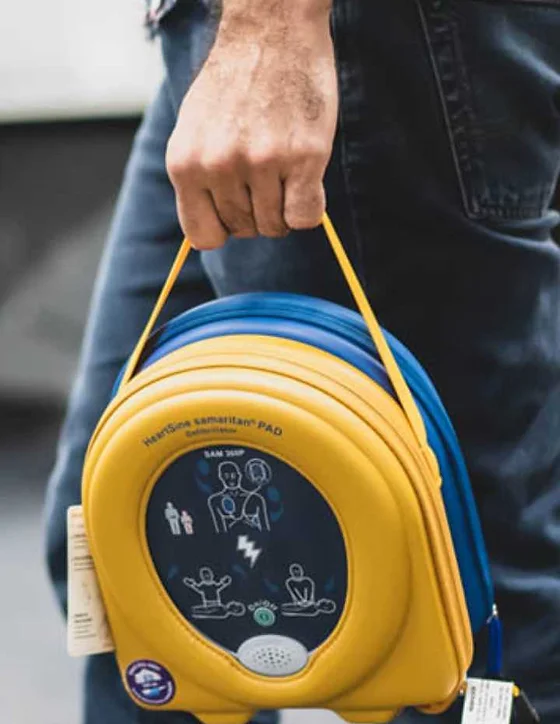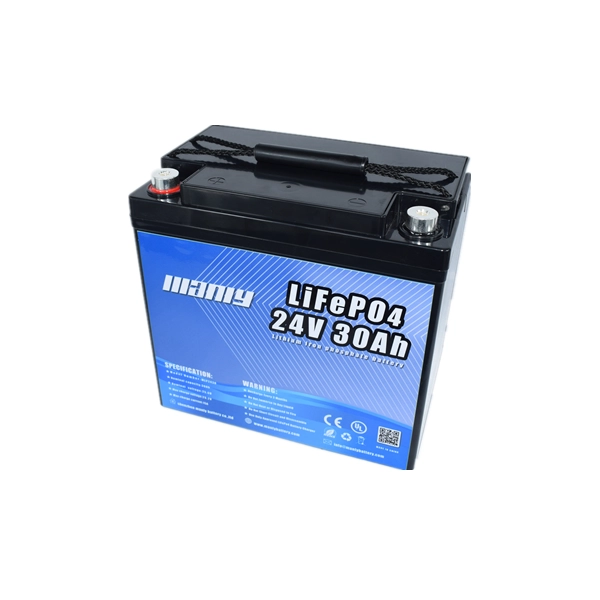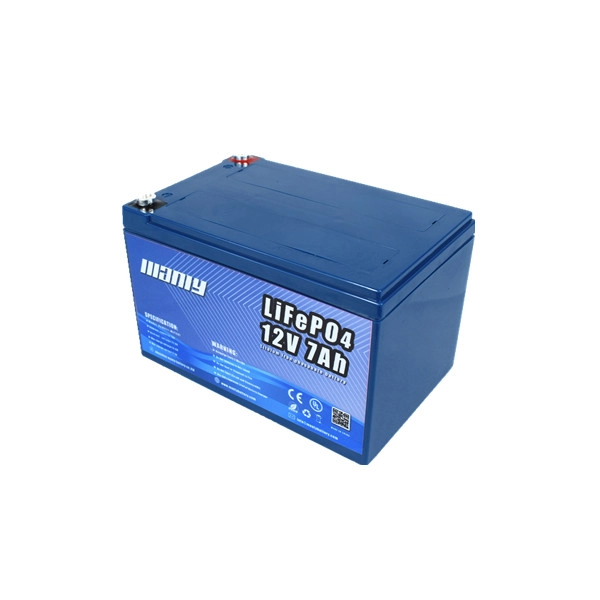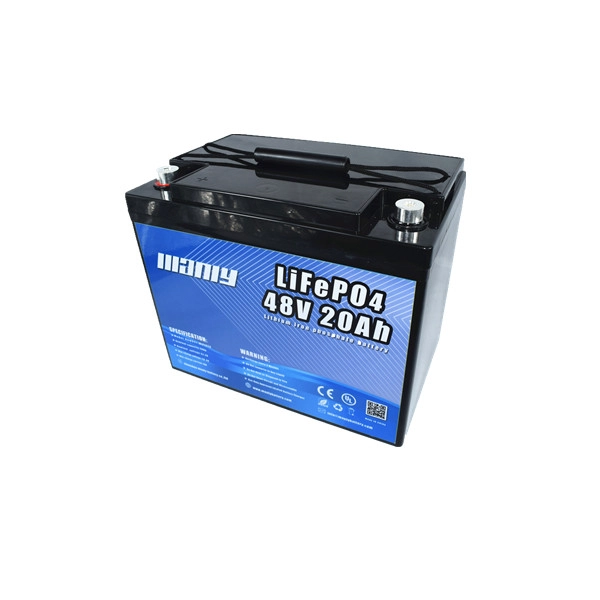Enhancing Portable Defibrillator Performance
When it comes to our general health and well-being, without sounding too pessimistic or putting too much of a dampener on things, you never know what’s lurking around the corner.
A key component of any healthy living regime is a healthy heart. The heart is one of the most important organs in the human body, yet despite this, heart disease claims more lives each year than any other illness or disease. This is one of the main reasons why portable defibrillator sales are currently so high.
We’ve all seen the dramatic medical dramas on the TV, where the patient being treated suddenly goes into cardiac arrest. The doctor treating the patient will then spring into action, grabbing a special machine and yelling ‘CLEAR’ before delivering an electric pulse to the patient, and hopefully shocking their heart back to life. The medical device in question is known as a defibrillator, and it has saved millions of years since its invention.
Lately we’ve seen more and more portable defibrillator devices popping up in towns, cities, and even quiet neighbourhoods all over the globe. These devices can be used by virtually anybody, without prescription, and they could save lives. In order to get the best from them however, they need the best batteries.
What are Portable Defibrillators?
A portable defibrillator, also known as an Automated External Defibrillator, or an AED for short, is a fully portable medical device designed to administer a small electric shock to a patient’s heart when it has suddenly stopped beating, due to a cardiac arrest.
These devices are very intelligent as, once the pads have been placed onto the patient, they measure the patient’s heart rhythm, and if required, the device will then administer the electric shock. It sounds extreme, but the sudden jolt of electricity is designed to literally shock the heart back to life.
A cardiac arrest is a very serious, and potentially fatal medical condition in which a patient’s heart either stops, or fails to beat correctly. The electric shock sent directly to the heart can bring it back to life and allow it to start working correctly again.
A portable defibrillator is a very beneficial medical device because it is designed to be used by everyday people with little-to-no medical training or experience at all. Each device will be accompanied by a very easy to understand instruction manual telling you how to correctly use the defib.
How do Portable Defibrillators Work?
Even though AEDs, or portable defibrillators, are designed to be used by everyday individuals, rather than medical experts, they are still very dangerous pieces of equipment if used incorrectly, which is why it’s so important to understand how to operate them correctly.
In order to use a portable defibrillator correctly, you must first understand how it works. These devices may use superior tech, advanced algorithms, and provide life-saving treatment, yet at their core they are very simple.
A portable defibrillator is actually only constructed from four major components. These are:
- Capacitor
- Electrode pads
- Processor
- Battery
We’ll now look at each component in a little more detail, to help you understand how they operate.
1. Electrode pads
The electrode pads are probably the most recognizable part of an AED device. These are the sticky pads that the operator of the device will stick to the person’s chest, in order to administer the electric shock.
These pads are what takes the patient’s heart rhythm and then determine whether or not a shock is necessary. If the processor deems a shock to be necessary, I.E if the heart has indeed stopped, or slowed down significantly, the shock will then travel from the device, through the pads, and into the patient’s heart, where it will hopefully restore the heart’s natural function once more.
2. Processor
The processor is the equivalent of a computer’s CPU (Central Processing Unit) or a human’s brain. It is literally the “brain” of the defibrillator.
The processor will read and analyse the rhythm of the patient’s heartbeat to determine whether or not the rhythm of the heartbeat is indeed deemed necessary. If not, administering a shock could potentially stop a heart that was beating. The processor prevents this scenario and is a wonderful piece of technological engineering.
3. Capacitor
The capacitor is a very important component in that it stores and releases the electrical energy for the shock.
Capacitors come in a variety of different sizes and powers, and without them, the device simply wouldn’t be able to administer the electric shock that hopefully shocks the heart back to life.
4. Battery
Perhaps the most important component of all, yet one which is the most commonly misunderstood, is the battery.
The capacitor, as mentioned, is responsible for storing and then administering the electric shock directly to the heart. It must get this power from somewhere however, and that somewhere is the battery.
The battery is also extremely important when it comes to the overall safety and functionality of the AED. You see, the battery helps provide the power needed for the device to run various self-testing and safety diagnostics to ensure that it is working correctly. If the portable defibrillator wasn’t working properly, this could be very dangerous for either the user of the device, the patient receiving treatment from the device, or even both.
Because of this, it’s vital to source premium quality batteries from trusted and reputable suppliers, such as MANLY Battery (more on that later).
How to Use a Portable Defibrillator
Again, the main reason why portable defibs have been hailed as such a groundbreaking medical invention is because of the fact that they are designed to be operated by members of the general public.
A portable defibrillator may indeed be simple to use, but that doesn’t mean you don’t need to learn the basics first. Here’s a basic overview on using a portable defibrillator.
1. Call for medical help
First and foremost, if a person is in suspected cardiac arrest, call for medical assistance and if you know how to, begin manually administering CPR until you can begin using the portable defib.
2. Switch on the device
Firstly, turn on the device and carefully listen to the audio instructions.
3. Expose the chest of the patient
Next, expose the patient’s bare chest, including their bra if they are wearing one.
4. Apply the electrodes to their bare chest
Now, carefully apply the electrode pads to the skin on their bare chest, making sure that the skin is dry.
5. Allow the device to analyse their heartbeat
The device will now analyse the heart rhythm of the patient and will determine whether or not an electric shock is needed.
6. Deliver the shock (if necessary)
If the machine deems a shock to be necessary, ensure that nobody else is touching the patient and get ready to administer the shock. How the shock is delivered will be determined by the design of the model, I.E if it is an automatic or a semi-automatic device.
If the device is automatic, it will charge up and will instruct you to stand clear of the patient. It will then countdown and will automatically administer the shock, without the operator needing to push a button.
If it is semi-auto, if a shock is needed the device will charge, and once ready, it will prompt the user to push a button in order to administer the shock. Again, you must make sure that there is nobody in contact with the patient. You must also ensure that you push the correct button, though this will be very obvious to locate.
7. Continue with manual CPR once the device instructs you to do so
After administering the shock, listen to the device and again, begin administering manual CPR as soon as the device instructs you to do so. Continue to listen to prompts from the device until the emergency services arrive.
How Much is a Portable Defibrillator?
Answering this question is tricky, in the same way that answering the question of how much a car costs is tricky.
The reason for this is because, like cars, prices can vary from model to model. To give a very rough idea however, prices can range from as little as $900, to upwards of $2,500.
The Importance of Batteries in a Defibrillator
As we mentioned earlier, batteries in defibrillators are hugely important for a whole host of different reasons.
Not only are batteries needed to provide the power necessary to administer the electric shock that potentially saves somebody’s life, but they also ensure that the machine operates correctly and safely.
the battery provides power for the electric shock, it allows the device to run diagnostics and self-tests, plus it powers the audio and on-screen prompts. Basically, the battery is the most critical component of the device, as without it, it wouldn’t work at all.
Why Choose MANLY Batteries?
Batteries come in all shapes, sizes, and designs, and because they are so important when operating a portable defibrillator, you must ensure that you buy from trusted and reputable suppliers.
MANLY Battery have years of experience behind them, they have thousands of loyal customers, and they provide premium-quality batteries for very competitive prices.
Some popular battery choices include:
MANLY 24V 30AH Battery
Utilizing LiFePO4 technology, this battery is fantastic for replacing standard lead acid batteries.
It is customizable, features a 10 year warranty, has an incredibly long life cycle, and has a much slower discharge rate than standard lead acid, or even lithium batteries.
This is a battery designed to save time, and designed to last. When dealing with matters as serious as this, this could literally be the difference between life and death.
MANLY 12V 7AH Battery
For lower power defib devices, the MANLY 12V 7AH Lithium Battery is perfect.
Designed for exceptional power outputs, this battery may be small and light weight, but it offers maximum performance and is designed to last.
With over 8,000 life cycles, the battery offers numerous safety features, is durable, reliable, and is also very affordably priced. It could literally save lives.
MANLY 48V 20AH Battery
Finally, we have the MANLY 48V 20AH Battery.
Featuring a life cycle of as long as 15 years, and with incredibly impressive recharge speeds, not to mention extremely slow discharge rates, it’s easy to see why this battery is such a firm favourite for portable defibrillators all over the globe.
With countless in-built safety features, a lightweight design, eco-friendly functions, and an affordable price, it is the ultimate in AED performance.






